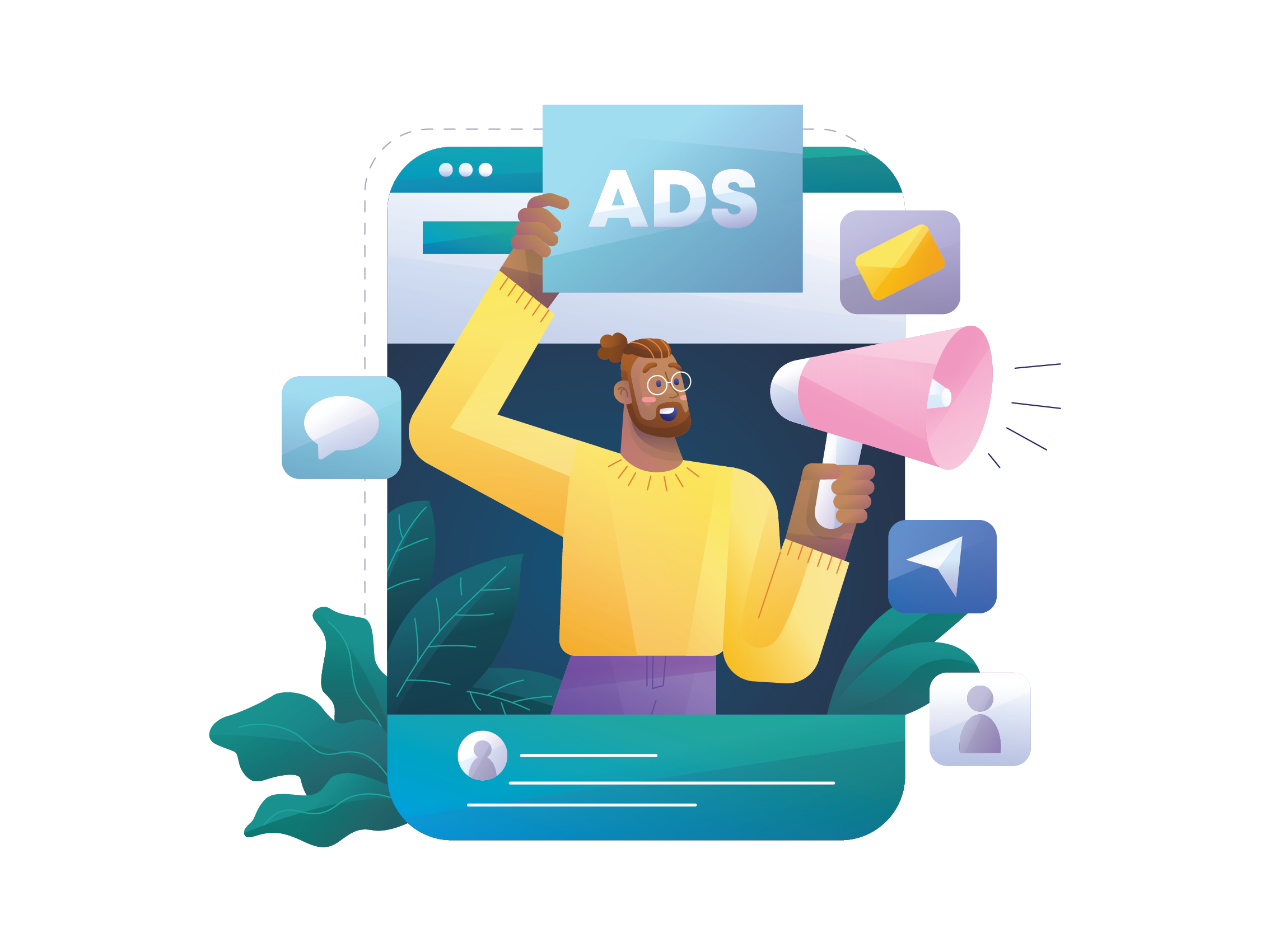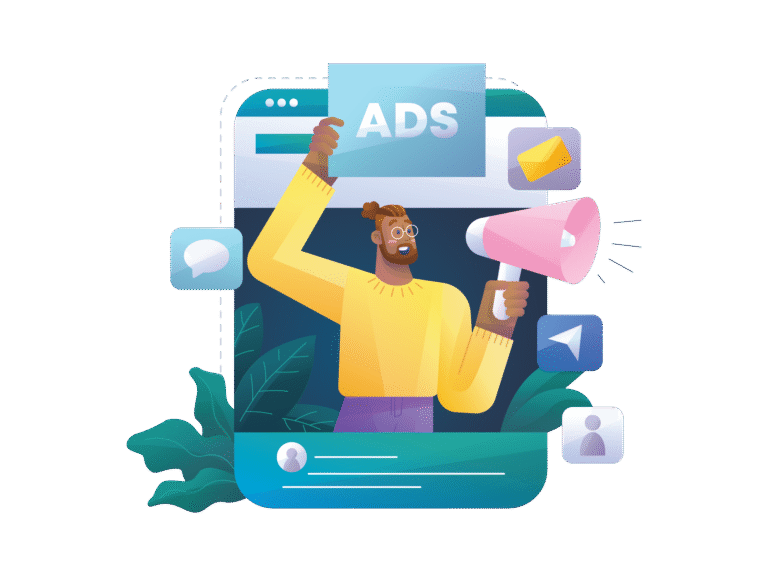Introduction
Running a small business today means competing not just locally but online, where potential customers search for products and services daily. One of the most effective ways to reach them is through Google Ads, Google’s pay-per-click (PPC) advertising platform.
But here’s the challenge: many small businesses burn through their ad budgets without seeing results. Why? Because they lack a structured approach. In this blog, we’ll explain how small businesses can maximize Google Ads for higher ROI, more leads, and sustainable growth.
What Are Google Ads?
Google Ads is Google’s advertising platform where businesses pay to display ads across:
- Search Network Ads → Text ads appearing on Google search results.
- Display Network Ads → Visual ads appearing on partner websites, apps, and YouTube.
- Shopping Ads → Product-based ads with images and prices.
- Video Ads → Ads on YouTube and other video platforms.
For small businesses, Google Ads is a cost-effective way to reach high-intent customers at the exact moment they’re searching.
Why Google Ads Work for Small Businesses
- Instant Visibility: Unlike SEO, which takes time, Google Ads can put you at the top of search results immediately.
- Precise Targeting: Ads can be tailored by keywords, location, device, demographics, and time.
- Budget Control: You set daily and monthly budgets, making it flexible for small businesses.
- Measurable Results: Every click, impression, and conversion can be tracked.
- Scalability: Start small and increase spending as results grow.
Step 1: Define Clear Goals
The first step in maximizing ROI is setting clear, measurable goals. Ask yourself:
- Do you want more website traffic?
- Do you want to generate leads?
- Are you focused on sales conversions?
Example: A bakery in Delhi may run Google Ads to increase foot traffic and online orders.
Step 2: Do Smart Keyword Research
Mistake: Many small businesses waste money bidding on broad or irrelevant keywords.
Fix:
- Use Google Keyword Planner to find keywords with high intent.
- Target long-tail keywords → “best wedding cakes in Delhi” instead of “cakes.”
- Focus on local keywords for small business visibility.
Example: Instead of bidding for “plumber,” use “emergency plumber in Mumbai 24/7.”
Step 3: Optimize Ad Copy
Your ad copy should:
- Include keywords naturally.
- Highlight USPs (Unique Selling Points) like discounts, free delivery, or same-day service.
- Use strong CTAs (Calls to Action): “Book Now,” “Get Free Quote,” “Order Today.”
Example Ad:
Headline: Affordable Wedding Cakes in Delhi 🎂
Description: Custom cakes with same-day delivery. Order online now & make your day special!
Step 4: Use Location Targeting
For small businesses, targeting everyone is costly. Instead:
- Focus ads on your city or local area.
- Use radius targeting (e.g., 5 km around your store).
- Add location extensions so ads show your address and map.
Example: A salon in Pune can target “within 10 km radius” instead of all of India.
Step 5: Leverage Ad Extensions
Ad extensions make your ad bigger, more informative, and more clickable. Use:
- Call Extensions: Add phone numbers for instant calls.
- Site Link Extensions: Highlight services like “Pricing,” “Contact,” or “Portfolio.”
- Review Extensions: Display customer ratings.
- Offer Extensions: Highlight promotions like “20% off today.”
Step 6: Optimize Landing Pages
Mistake: Sending traffic to the homepage.
Fix:
- Create dedicated landing pages for each campaign.
- Match landing page headlines with ad copy.
- Keep forms simple and highlight CTA buttons.
Example: If your ad says “Book a Free Consultation”, the landing page should have a form to book consultation, not just general info.
Step 7: Monitor & Optimize Regularly
The beauty of Google Ads is real-time tracking. Check:
- CTR (Click-Through Rate): Higher = better ad relevance.
- CPC (Cost Per Click): Lower CPC = more efficient.
- Conversions: Focus on actual leads/sales, not just clicks.
- Negative Keywords: Block irrelevant searches that waste money.
Example: If you’re a wedding photographer, add “free photos” as a negative keyword to avoid wasting budget.
Step 8: Start Small, Scale Smart
- Begin with a small daily budget (₹500–₹1000).
- Run A/B tests on ad copy and targeting.
- Increase spending only on campaigns that deliver ROI.
Step 9: Retargeting for Maximum ROI
Not every visitor converts on the first visit. Retargeting helps re-engage them.
- Show ads to people who visited your website but didn’t buy.
- Offer discounts or reminders to bring them back.
Example: An e-commerce store can show ads like “Still thinking about that dress? Get 10% off today!”
Step 10: Track Conversions and ROI
- Set up Google Ads conversion tracking.
- Integrate with Google Analytics.
- Measure actual ROI → revenue generated vs ad spend.
Example: If you spent ₹10,000 on ads and generated ₹40,000 in sales, your ROI = 4x.
Performance Marketing Edge for Small Businesses
Google Ads is part of performance marketing, where you pay only for measurable results like clicks, leads, or conversions. Unlike traditional ads (TV, print), you know exactly where your money goes.
This makes Google Ads a game-changer for small businesses with limited budgets.
Conclusion
Maximizing Google Ads for small businesses is about strategy, not just spending. By setting clear goals, using smart keywords, optimizing ad copy, and tracking ROI, small businesses can turn limited budgets into powerful growth engines.
At Suveda Digital, we specialize in creating ROI-driven Google Ads campaigns that help businesses grow smarter, faster, and more cost-effectively. Because at the end of the day, it’s about growth in every click.





